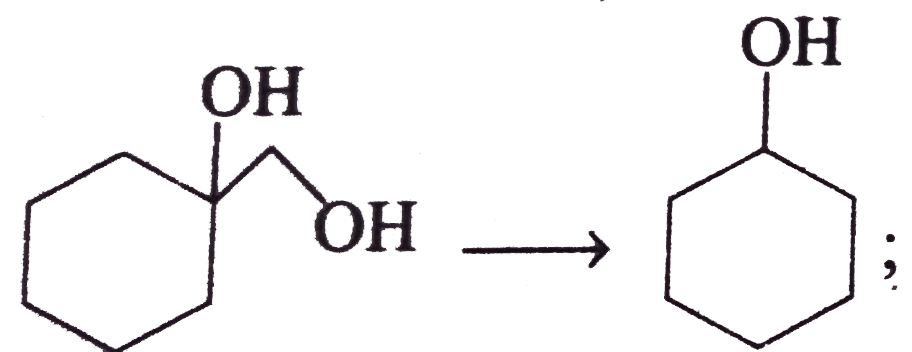The conversion of dangerous nitrogenous wastes into less toxic excretory matter is carried out in man in the:
Blood
Liver
Kidney
Skin
The correct Answer is:B
Step-by-Step Solution:
1. Identify the Nitrogenous Waste: The primary nitrogenous waste produced in the human body is ammonia. Ammonia is highly toxic and needs to be converted into a less harmful substance.
2. Understand the Conversion Process: The conversion of ammonia into a less toxic substance occurs through a biochemical process known as the Ornithine cycle (or urea cycle). This cycle is essential for detoxifying ammonia.
3. Locate the Site of Conversion: The Ornithine cycle takes place in the liver. The liver cells, known as hepatocytes, are responsible for this conversion process.
4. Final Product: The end product of this conversion is urea, which is significantly less toxic than ammonia. Urea can be safely excreted from the body.
5. Conclusion: Therefore, the conversion of dangerous nitrogenous wastes into less toxic excretory matter occurs in the liver.
Final Answer:
The conversion of dangerous nitrogenous wastes into less toxic excretory matter is carried out in man in the liver.
---
The conversion of dangerous nitrogenous wastes into less toxic excretory matter is carried out in man in the liver.
Topper's Solved these Questions
- EXCRETORY PRODUCTS AND THEIR ELIMINATIONBOOK - MODERN PUBLICATIONCHAPTER - EXCRETORY PRODUCTS AND THEIR ELIMINATIONEXERCISE - COMPETITION FILE (OBJECTIVE TYPE QUESTIONS)(B. CBSE - PMT (MAIN EXAMINATION)QUESTIONS: )
10 Videos
- EXCRETORY PRODUCTS AND THEIR ELIMINATIONBOOK - MODERN PUBLICATIONCHAPTER - EXCRETORY PRODUCTS AND THEIR ELIMINATIONEXERCISE - COMPETITION FILE (OBJECTIVE TYPE QUESTIONS)(C. MATCHING TYPE QUESTIONS: )
3 Videos
- EXCRETORY PRODUCTS AND THEIR ELIMINATIONBOOK - MODERN PUBLICATIONCHAPTER - EXCRETORY PRODUCTS AND THEIR ELIMINATIONEXERCISE - REVISION EXERCISES (Long Answer Questions)
7 Videos
- DIGESTION AND ABSORPTIONBOOK - MODERN PUBLICATIONCHAPTER - DIGESTION AND ABSORPTIONEXERCISE - Chapter Practice Test
12 Videos
- LOCOMOTION AND MOVEMENTBOOK - MODERN PUBLICATIONCHAPTER - LOCOMOTION AND MOVEMENTEXERCISE - OBJECTIVE TYPE QUESTIONS
2 Videos
Similar Questions
Knowledge Check
Uricotelic mode of passing out nitrogenous wastes is found in
Abirds and annelidsBamphibians and reptilesCinsects and amphibiansDreptiles and birdsUricotelic mode of passing out nitrogenous wastes is found in
AInsects and AmphibiansBReptiles and BirdsCBirds and AnnelidsDAmphibians and ReptilesThe least toxic nitrogenous waste is produced by
AMammals and molluscsBBirds and lizardsCFrog and cartilaginous fishesDInsects and bony fishes

